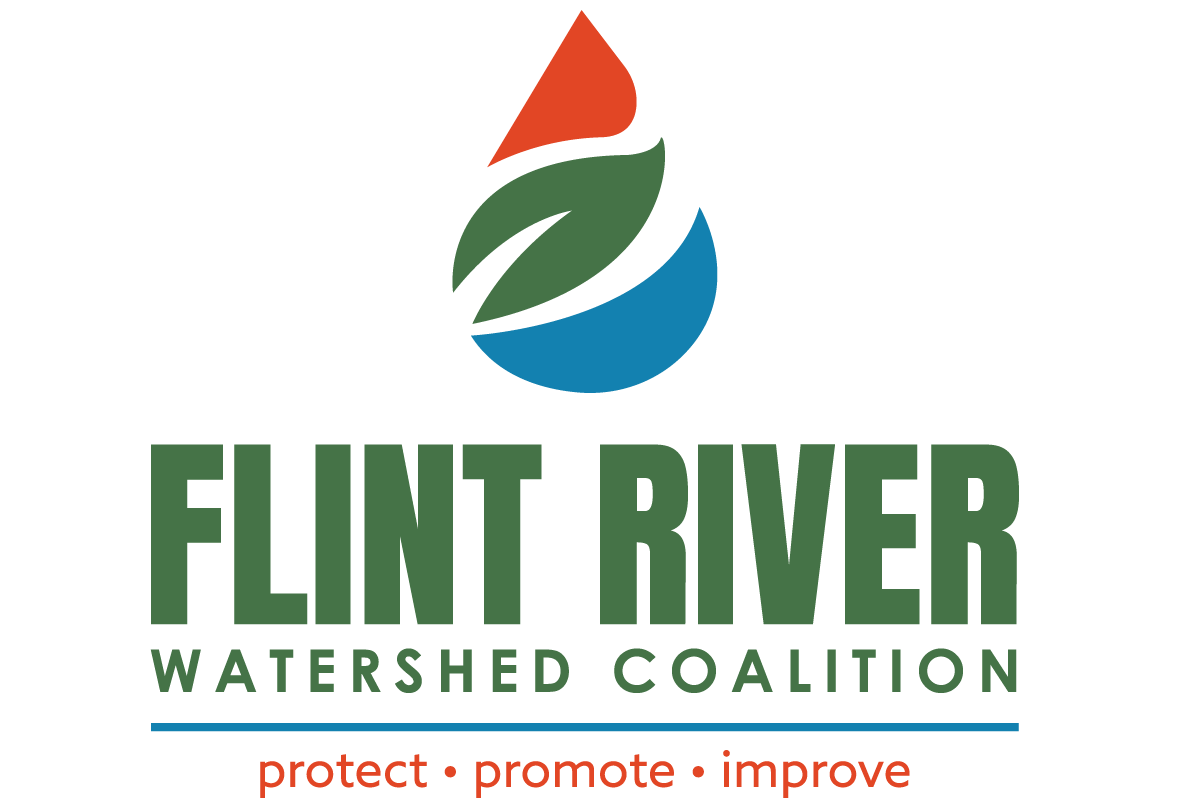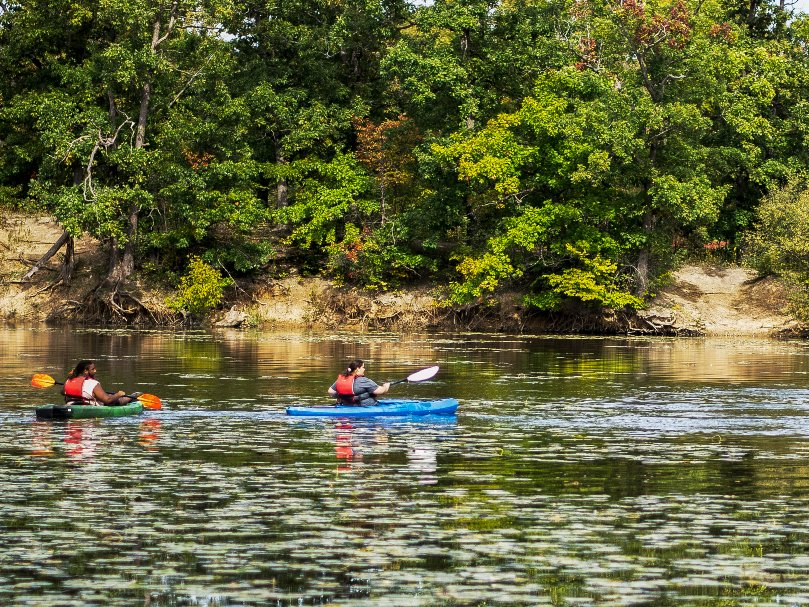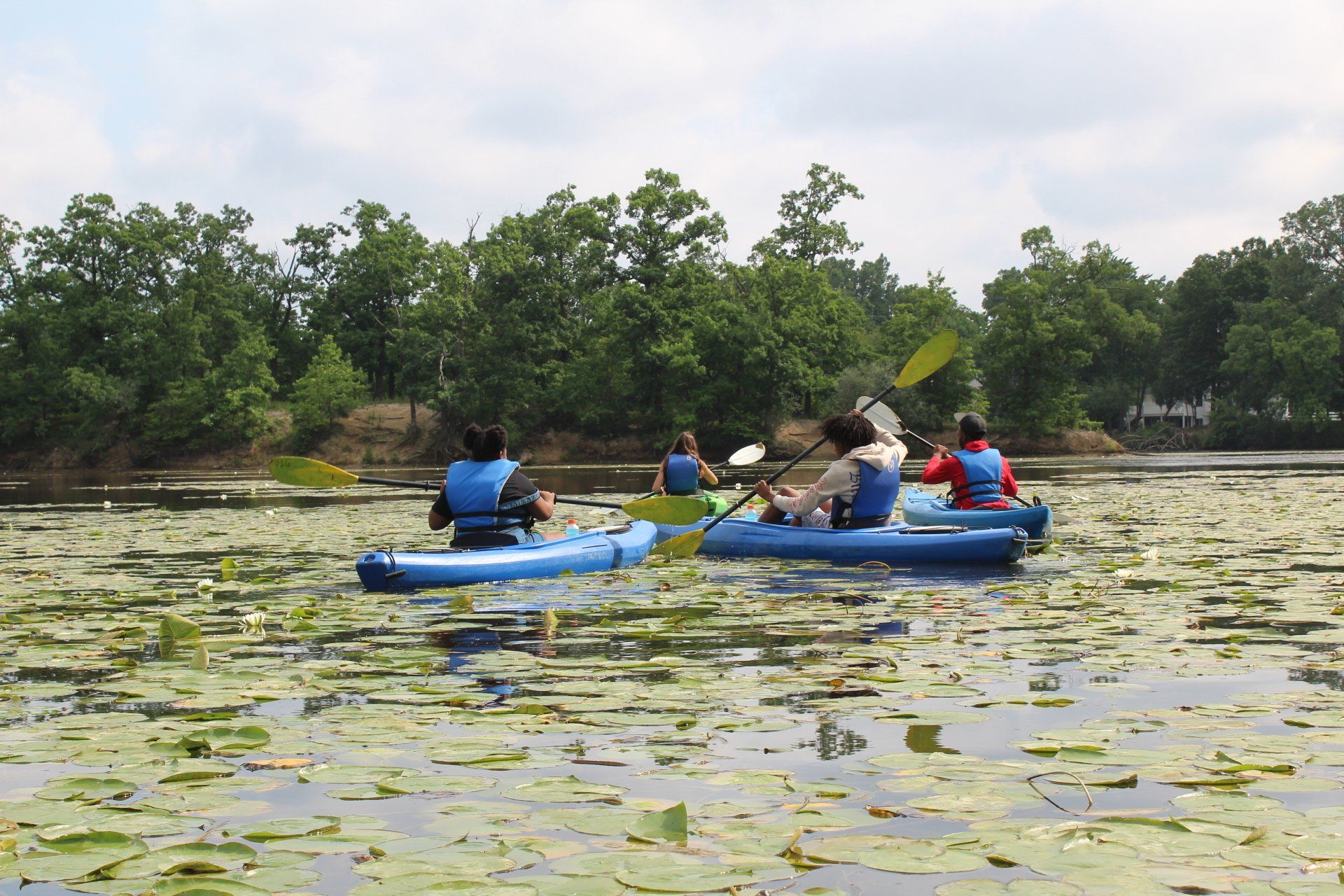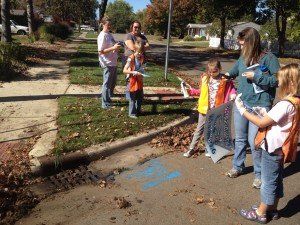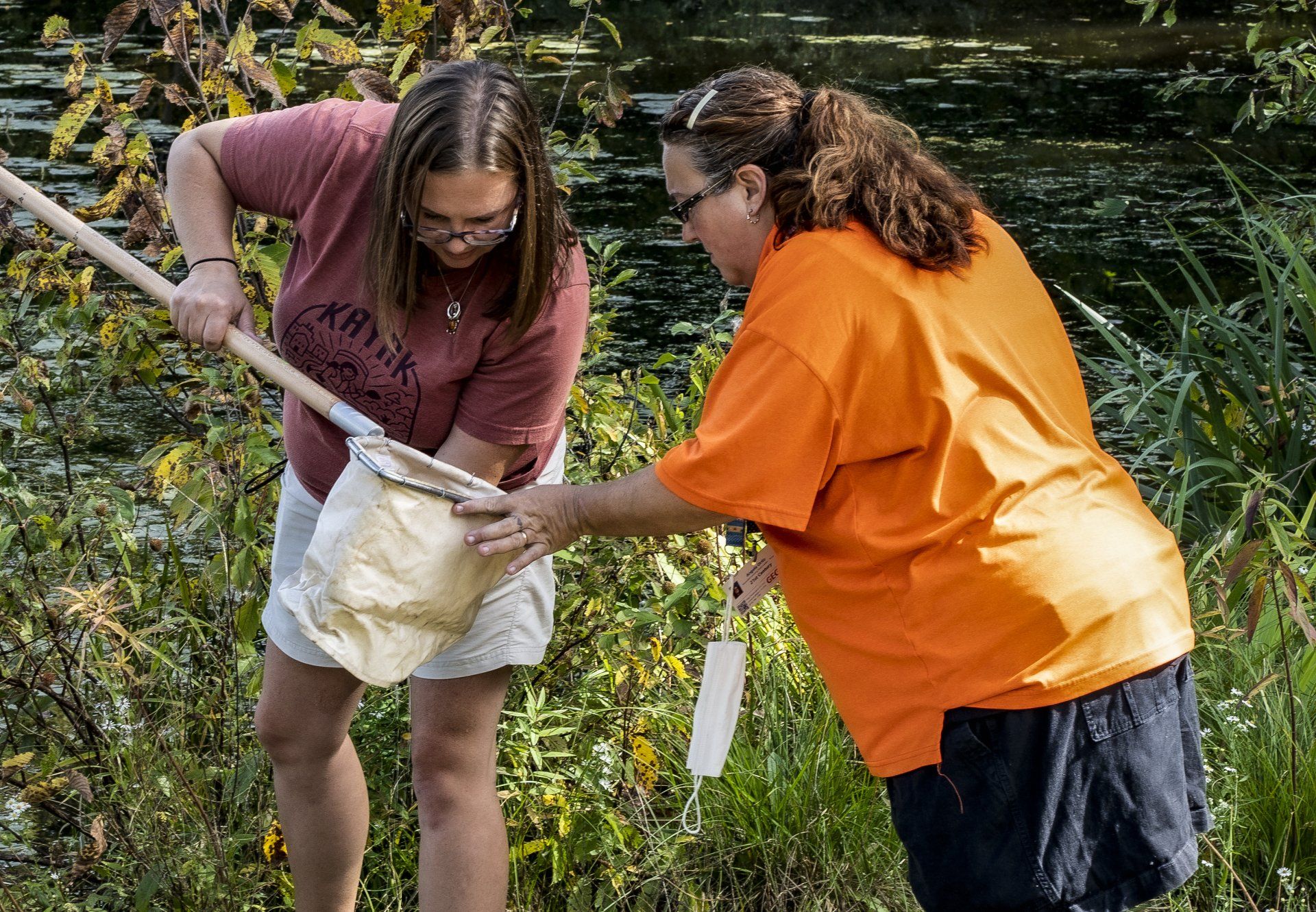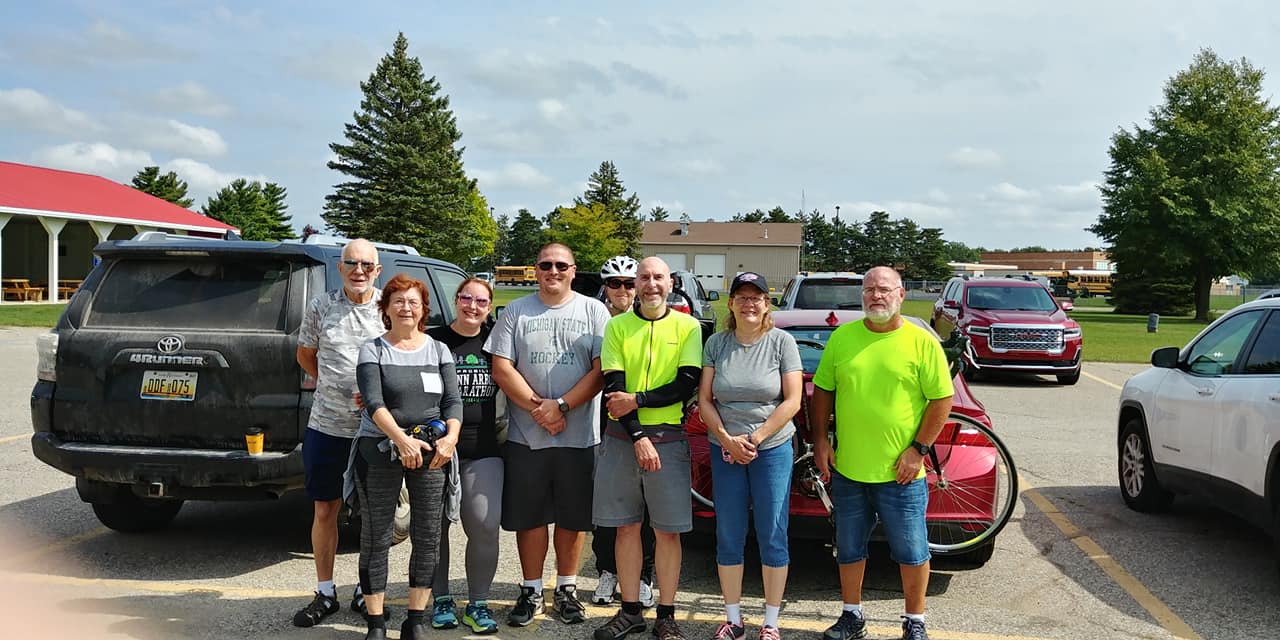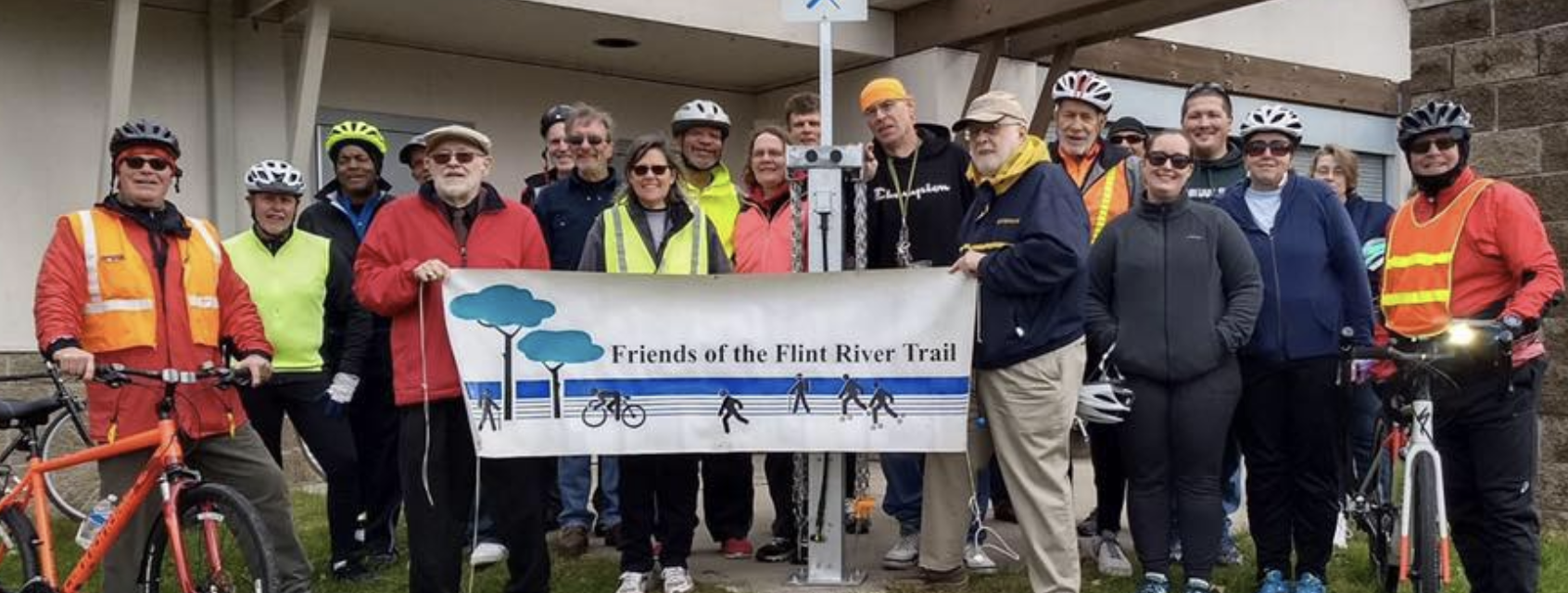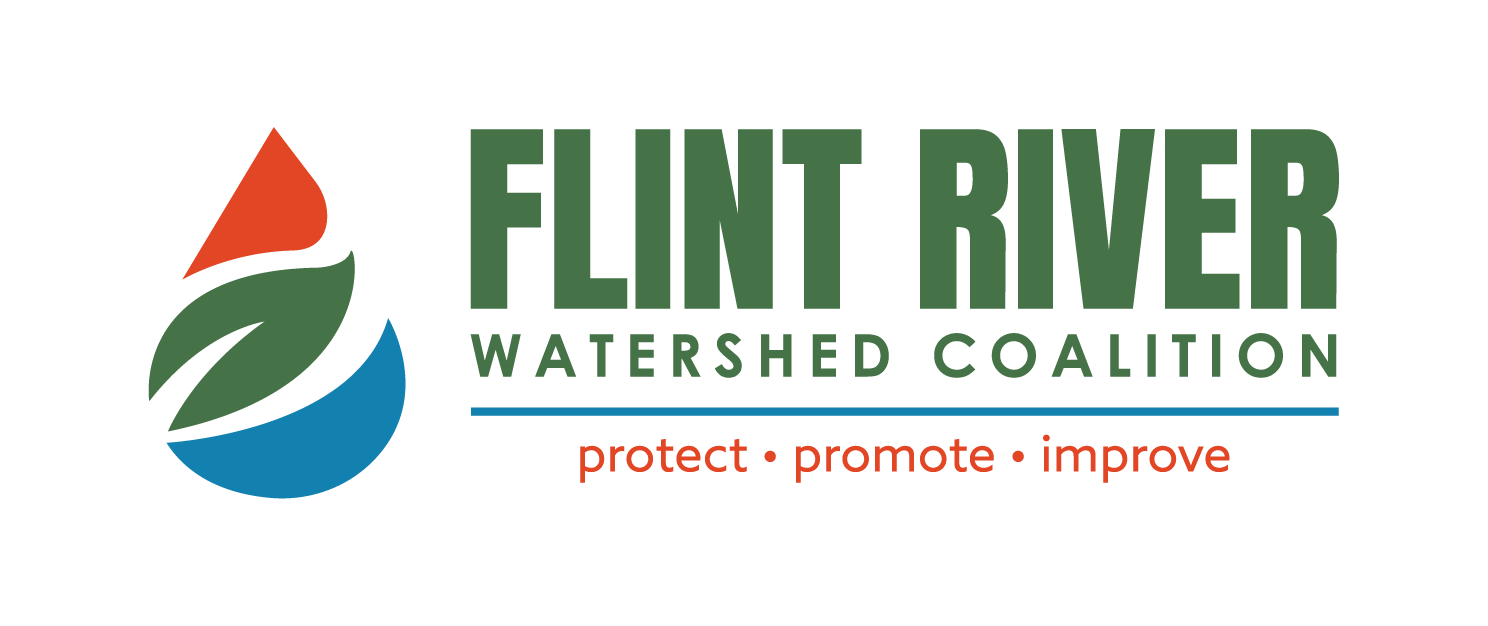Photo credit: Shelley Spivack
About FRWC
Partnering to Protect, Promote, and Improve the Flint River Watershed.
The Flint River watershed is increasingly healthy and strong, and offers many recreational, educational, and environmental opportunities. As the leading community-based advocate for clean water resources, the Flint River Watershed Coalition (FRWC) promotes efforts to protect, promote, and improve our area’s ecosystem through partnership, public education, scientific projects, and community involvement.
We are an organization representing individuals, businesses, community organizations, and local units of government sharing a vision of a healthier Flint River Watershed. We envision a day when the future of our drinking water is secure and the integrity of the Flint River is protected. We believe that all people should have access to the river for recreation, swimming, and fishing as well as the economic value it provides to our communities.
FRWC was incorporated as a non-profit 501(c)3 organization in August of 1998. As a nonpolitical and nonpartisan nonprofit organization, we do not endorse candidates for political office.
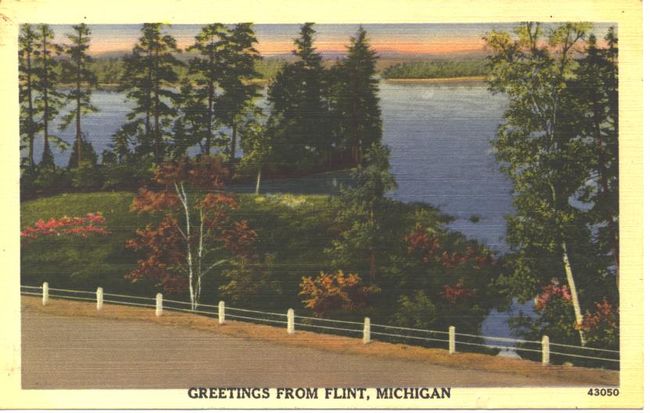
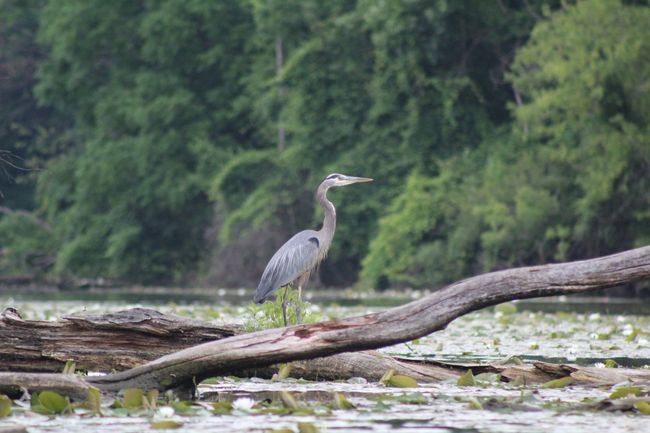
Mission:
Partnering to protect, promote, and improve the Flint River and its watershed.
Vision:
A healthy, vibrant, active Flint River watershed for all.
Core Beliefs:
We are a forum for all interested parties seeking to protect, promote, and improve the Flint River ecosystem and its watershed for the benefit of plants, animals, individuals, businesses, governments, and organizations. All programs of FRWC shall align with our mission and vision, and promote:
- Ecosystem Health – seek to achieve, maintain, and improve water quality and aquatic/terrestrial habitat necessary for fishable, swimmable waters.
- Community Health – enable a vibrant river corridor with active and passive spaces that enrich the quality of life for all the area’s residents, businesses, and visitors.
- Economic Health – work to promote the Flint River watershed as a destination for people to live, work, and play while working with new and existing business to incorporate sustainable development practices and green infrastructure.
- Education and Recreation – improve the public’s understanding of and connection to their river and watershed through both passive and active recreational and educational opportunities.

